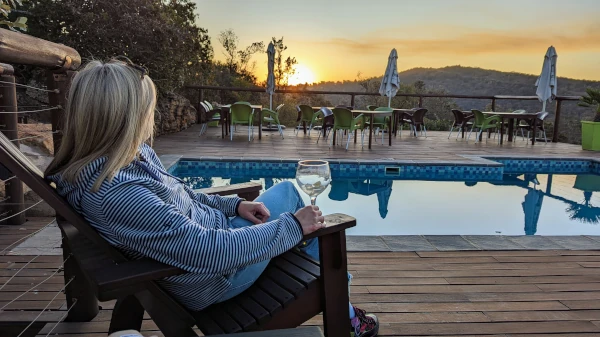Your journey in Africa starts with a simple phone call or email. One of our friendly consultants will welcome you in our family and guide you through the entire process and be available 7days a week to assist you with your preparation and answer all your questions.


Travel2Africa is an exclusive company and accepts only a limited group every year. We highly advise you to book your African trip well in advance. We recommend 12 months, but we can at times secure a booking 3 months in advance. We require a 50% deposit in order to secure your booking. Final payment is due 60 days prior to your departure and you will receive an invoice prior to that time.
At Travel2Africa, we prioritise the needs of our customers. Knowing your budget, interests and taste is very important to us. Depending on the duration of your stay, we will give you the best advice and recommend a few itineraries and advise on the best time to visit Africa. At this stage we will start narrowing down the accommodation that you can choose from. Once we’ve correlated all necessary information, we will contact you to discuss all the details including, flights, travelling time, etc.


Approximately three weeks to one month before your departure we will start making your final preparation. We will discuss your dietary requirements and our private chef will setup your menu. we will send you your final itinerary, contact details, emergency numbers. We will also go through our check list which includes vaccination, what to wear and what to bring, local payment, currency & others.
The time has come Pumbaa! We will be waiting eagerly at the airport for your arrival. Your journey has now begun. Enjoy every moment of it in the company of our friendly staff & experienced tour guides.


Share your experience with family and friends and let them know about one of the best and most experienced travel companies in Africa.
A lot of our client return for more and often across generations. We do not only build a formidable experience, but also a long-lasting friendship.
